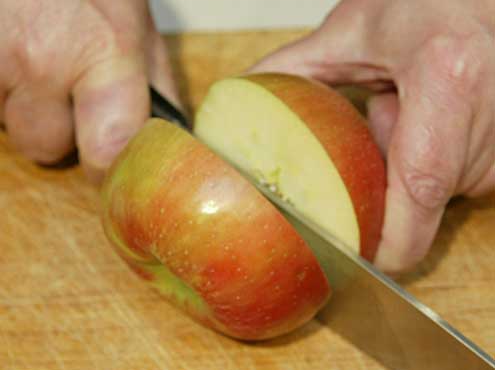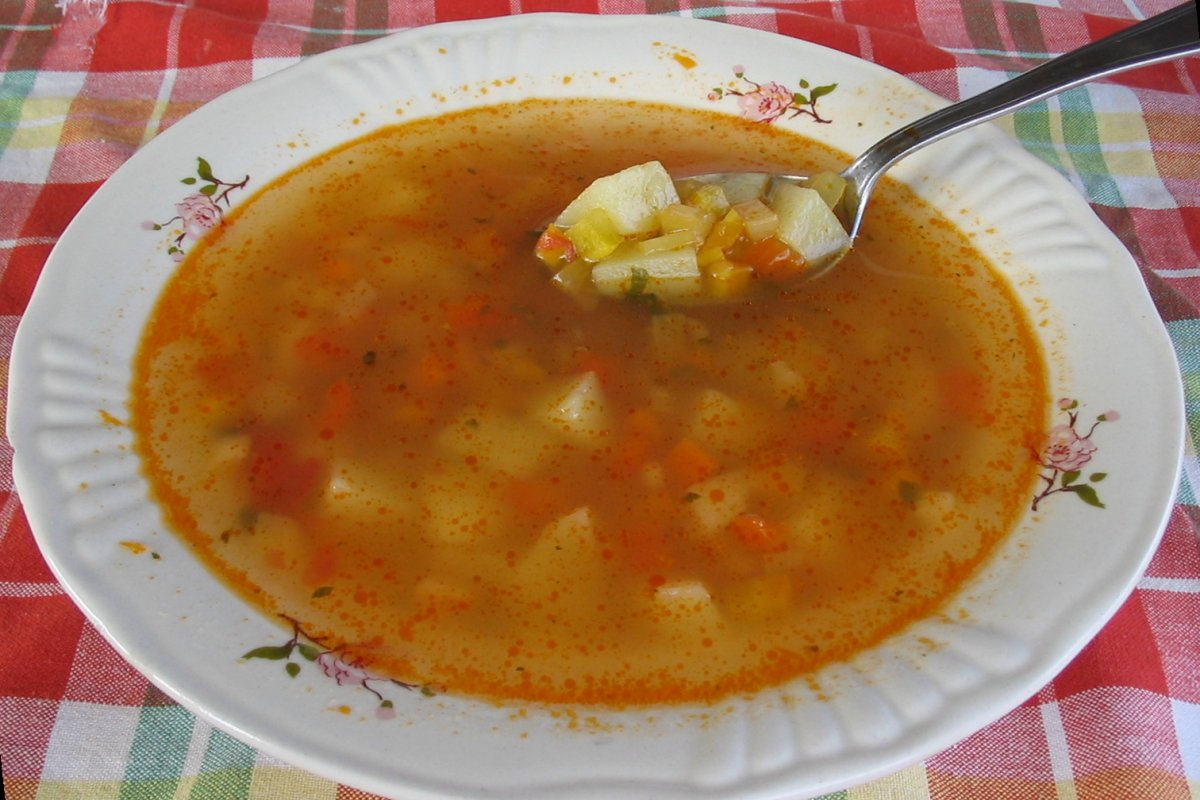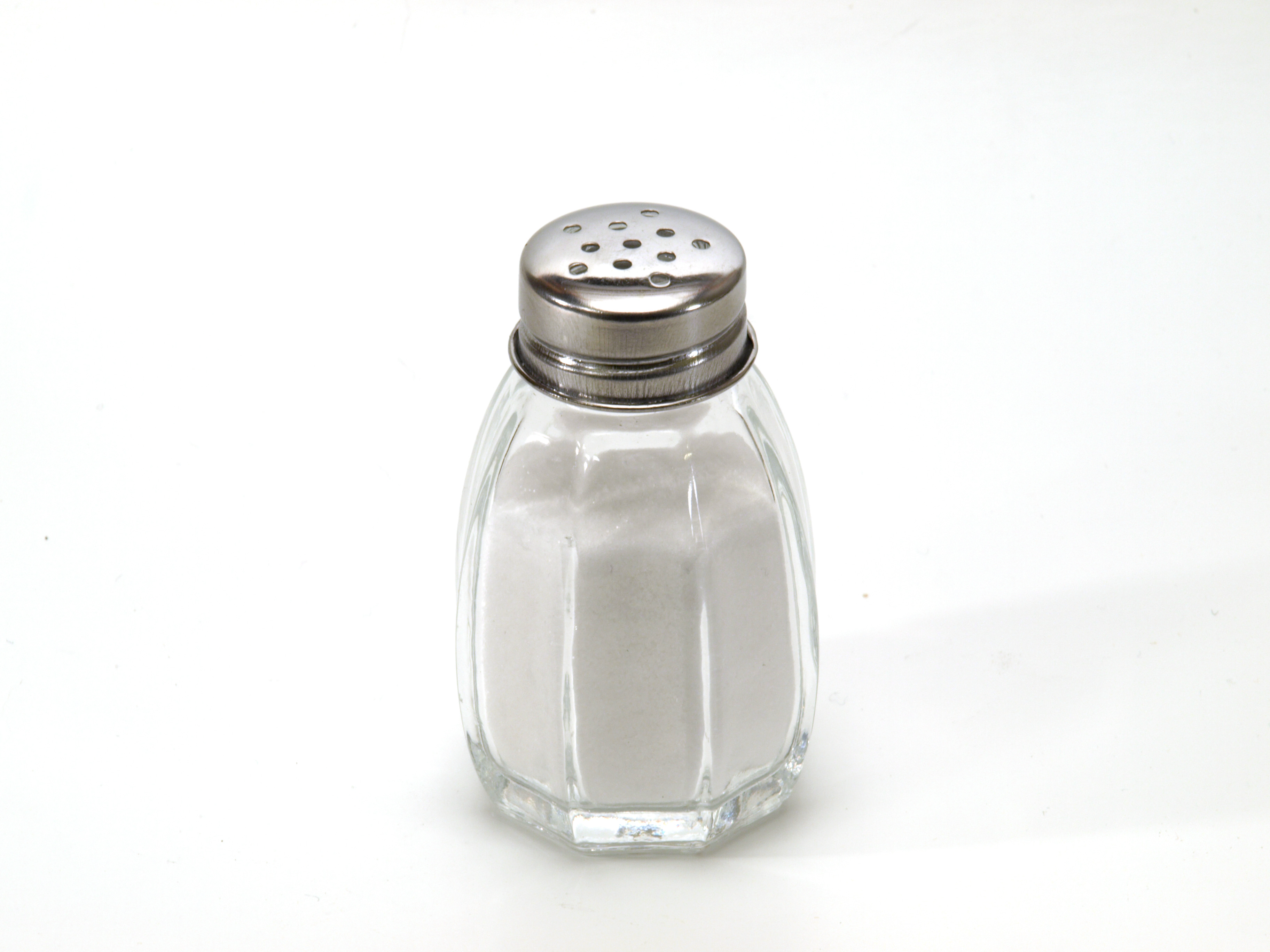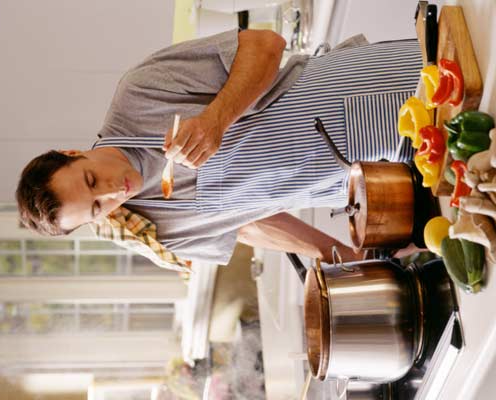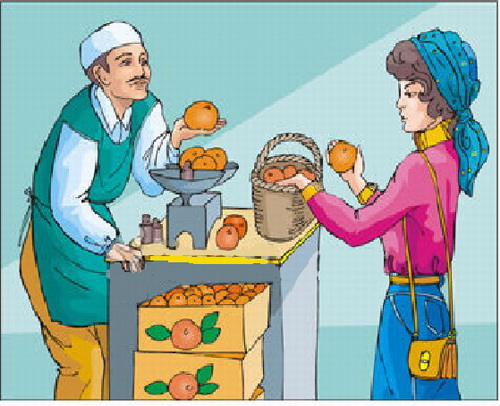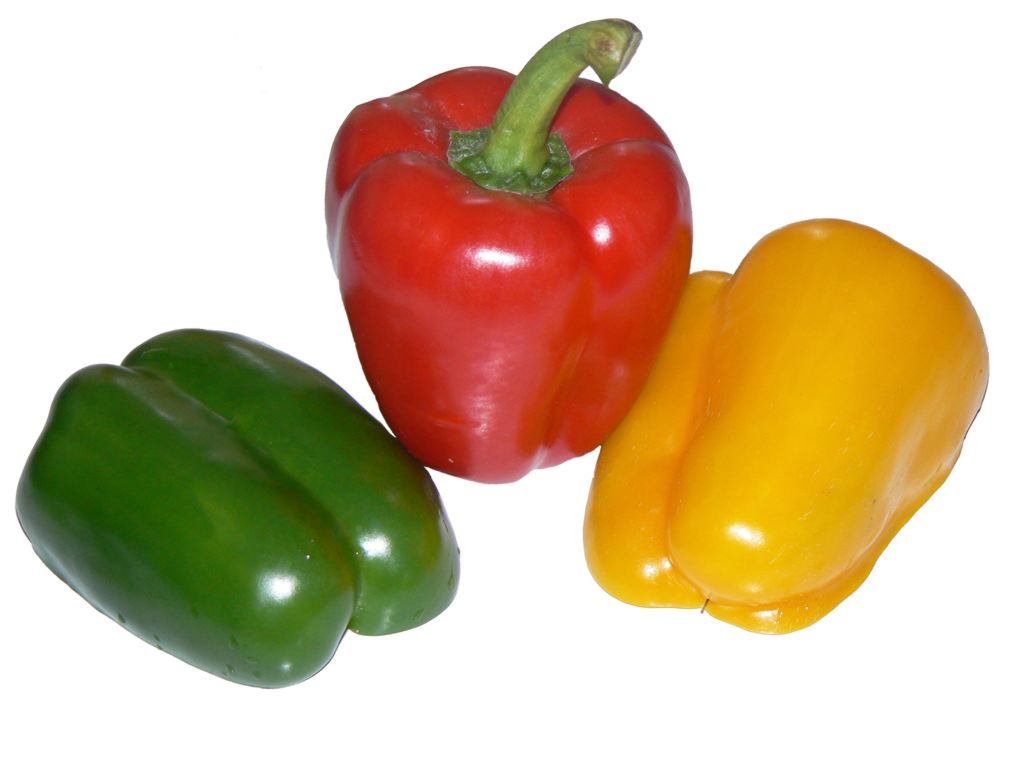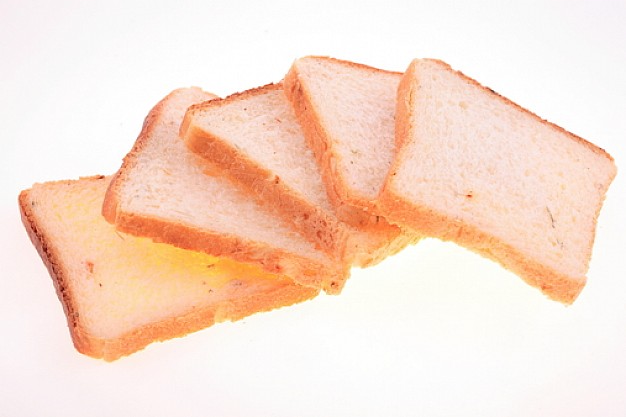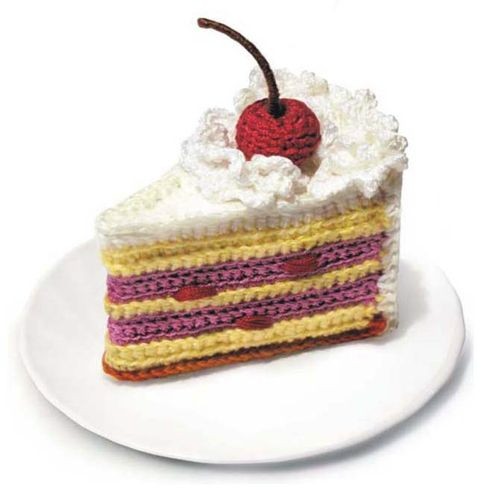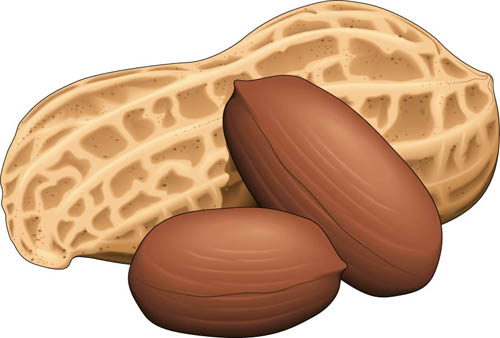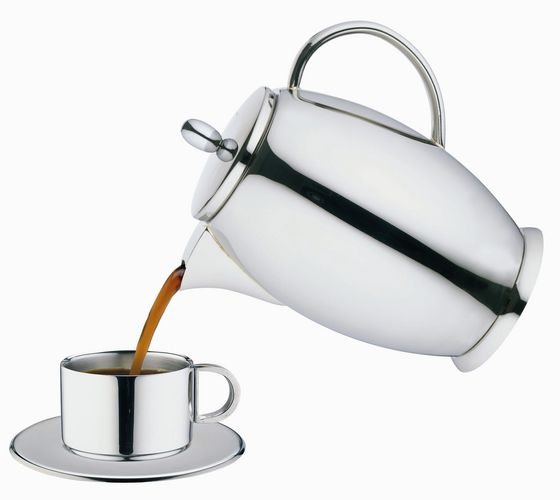Plan of the lesson.
Lesson № 16
Subject: English
Form: 7 «В» 7 «Г»
Date: 23.10.13 29.10.13
Theme of the lesson: “Table manners”.
The aim of the lesson:
- Educational – to revise the words about the food, to introduce new lexic “the containers”, to revise grammar theme “Pronouns some, any”.
- Developmental – to develop pupils ability to speak grammaticaly right, to develop pupils’ interest to the subject, to develop pupils’ mind and memory.
- Pedagogical – to teach children to listen to each other.
The type of the lesson: Combined lessons.
Methods of the lesson:
Illustrative, practical, oral, work with the book.
Materials: phonetical warming-up, cards, pictures, schemes.
The lesson.
I. The beginning of the lesson.
1. Organizational moment.
- The greeting.
- The aims of the lesson:
“Today we shall understand how you know table manners. The shall learn some new words. And review some and any.”
2. Speech warming-up.
- Answer the questions.
What dat eis it today?
What day of the week is it today?
What table rules do you know?
Will you speak with your mouth full?
3. Phonetic warming-up.
- Reading of the teacher.
- Translation.
- Name all the words with the sound.
- Reading in choroes of the words with the sound.
- Reading of the whole phonetic warming-up with the teacher.
- Reading of the pupils.
- Say by heart.
[u]
The cook took a good look at the pudding and put sugar in it.
II. The main part of the lesson.
- Checking hometask: composition “The recipe of my favourite dish”.
- Take exercise-books.
- The revision of the lexic.
- Work in pairs. Write the word first, by transcription of the word.
English
Transcription
Translation
snack
soup
peanut
slice
piece
indegrient
cut
pour
put
sell
buy
produce
eat
saucepan
to taste
pepper
salt
[sneik]
[su:p]
[pi:nat]
[`slais]
[pi:s]
[in`digrient]
[kat]
[pu?]
[put]
[sel]
[bai]
[pro`dju:s]
[i:t]
[`souspœn]
[teist]
[`pep?]
[solt]
закуска
суп
земляной орех
ломтик
кусок
индегриент
резать
налить
добавить
продавать
покупать
производить
кушать
кастрюля
пробовать
перец
соль
- Quiz. – look at the picture or a russian variant of the word and write them down.
- cut
- eat
- snack
- soup
- salt
- pour
- peanut
- saucepan
- slice
- put
- piece
- sell
- buy
- produce
- taste
- Introduction of the new lexic
- Look at the pictures and guess about the translation of the words.
- Write down the words.
- Repeat all the words.
- Read the words.
Barrel –
Bucket –
Tin –
Carton –
Jar –
Basket –
Bowl –
Bag –
Packet-box –
Pot –
Can –
Jug –
Kettle –
Tube –
Frying pan –
Waste bin -
- The fixation of new lexic.
- Name the picture.
- 6-7 pupils gets cards. Teacher name the words they should stand up in the turn techer names the words. (task must be made twice with other cards and pupils)
- Teacher shows the card and name another word, pupils must correct the teacher.
- The work with the text.
- Ex.2 p.85 - Every pupil work in the pair, they get a sentence. Answer for the question. Teacher reads the questions and who has the answer rise hand and read the answer.
Nowhere near the table. Reading at meals is a bad habit and impolite towards others.
It tastes really fine. It was very delicious.
Sit straight and close to the table. Don’t put your elbow on the table.
Nothing. Keep your impressions to yourself, its impolite towards the hostess.
Neither. Your hand is quite correct to get a slice of bread for yourself.
It is wrong first to cut all the meat on your plate in small pieces and then eat it. Cut off a slice, eat it and then cut another slice.
Don’t leave the spoon in your glass while drinking. Put it on your saucer.
- Ex.4 p.87 – find the sentences in the teaxt by the translation.
- Некоторые люди судят других по их манерам за столом.
- Дети узнают, что невежливо разговаривать во время еды или жевать с открытым ртом.
- Как они вырастают они узнают другие правила.
- Девочки следуют этим правилам легче, чем мальчики.
- The revision of the grammar theme pronouns some, any.
- Rules
- Cards. “Pronouns some, any. Card № 1” – Put some or any.
III. The end of the lesson.
- The home – task: learn the words, retell the text ex.4 p.87
- Marks for the lesson
- The results of the lesson
